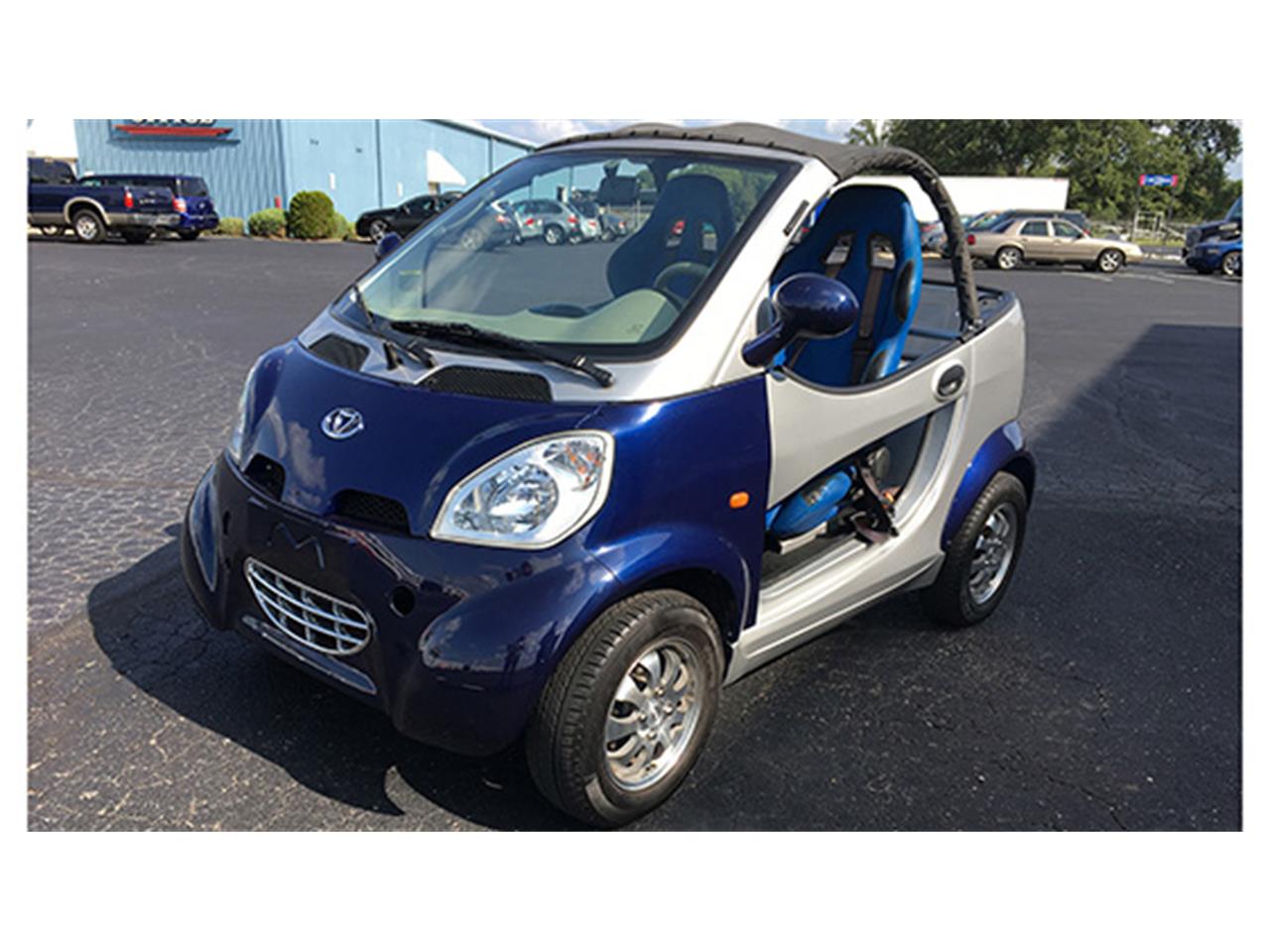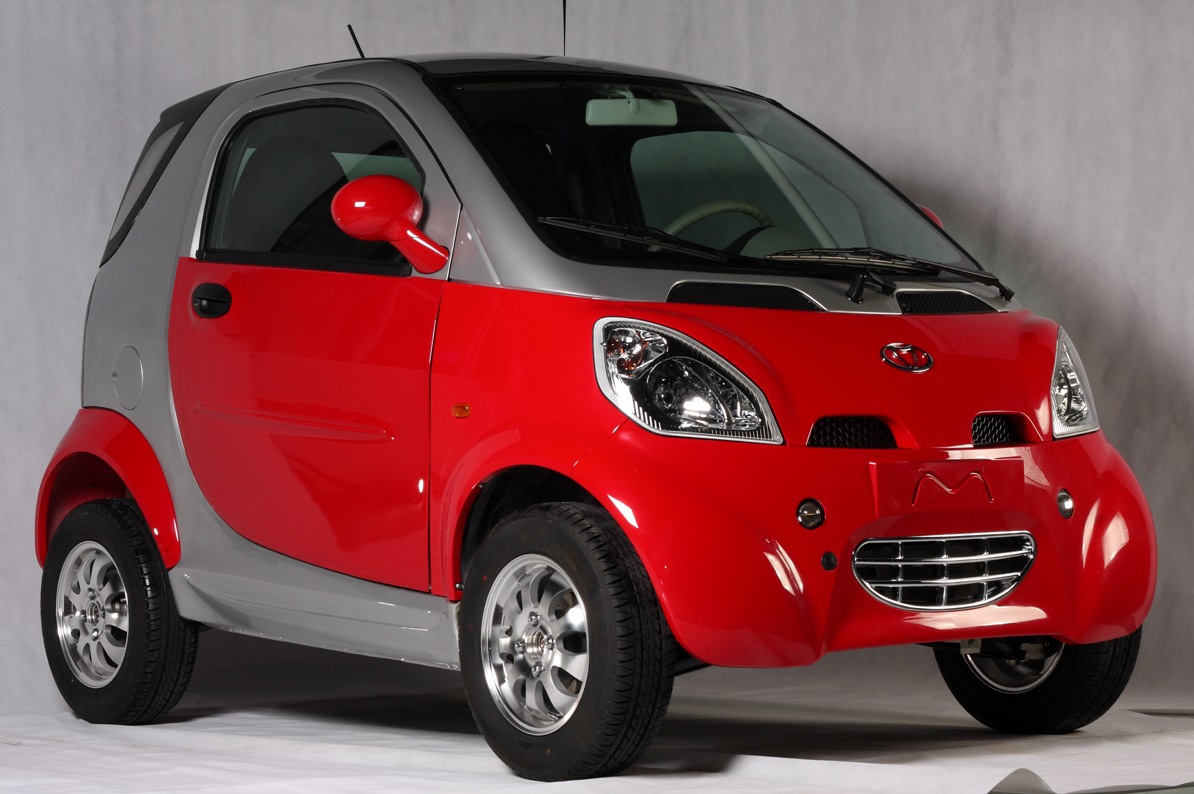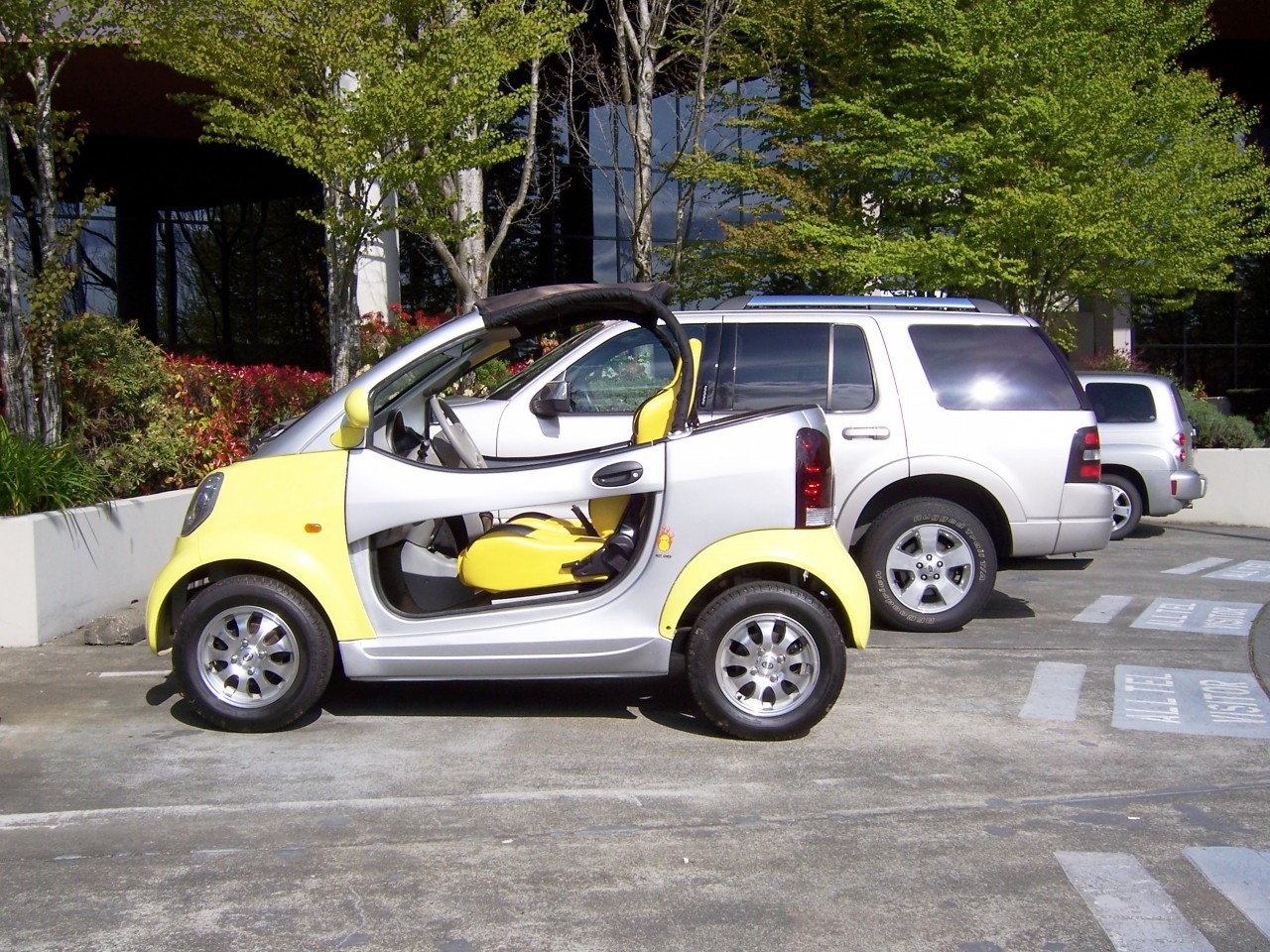Kandi Coco Car For Sale – Vintage items, antiques, and pre-loved goods often carry stories and histories that new products simply cannot replicate. In the realm of real estate, for instance, selling a house is often an emotional and logistical challenge. Similarly, vinyl records have experienced a resurgence in recent years, with collectors seeking out rare albums and vintage pressings. Art, music, literature — these expressions of human creativity and emotion are not always bound by the rules of commerce. The idea that everything has a price, and that everything is for sale, may seem like a grim outlook, but it’s one that has become increasingly true. It carries the marks of life’s moments: the road trips, the adventures, the daily commutes, the memories of friends and family. This is particularly evident in industries such as furniture, clothing, and electronics. Whether it’s a rare collectible, a discontinued item, or a vintage piece of clothing, online platforms offer a global marketplace where buyers and sellers can connect over products that may not be easily found elsewhere. The culture of buying second-hand goods is rapidly shifting in the modern world, particularly among younger generations. What was once limited to boutique shops or high-end department stores can now be purchased from the comfort of one’s home. While buying and selling second-hand items can come with its challenges, the rewards—both financially and environmentally—make it a worthwhile pursuit for many people. Whether through their durability, aesthetic appeal, or the values they embody, these products go beyond simple transactions. Everything for sale. In conclusion, quality goods for sale represent the best that craftsmanship, design, and functionality have to offer. With the rise of e-commerce, the accessibility of quality goods for sale has expanded exponentially. This creative process not only gives new life to old objects but also encourages people to think outside the box when it comes to the things they buy and use. Whether buying or selling, the process requires careful consideration, transparent communication, and a thorough understanding of both the financial and operational aspects of the business. The adage “you get what you pay for” rings especially true in the realm of quality goods. The idea that everything is for sale works to perpetuate inequality, as those with the most resources can continue to amass power and wealth, while others are left to scramble for what little they can get. One of the major environmental concerns with new products is the waste that they often generate at the end of their life cycle.

2009 Kandi Coco Electric for Sale CC1014675
Wireless chargingled headlightsquick accelerationheated front seats

Kandi COCO Convertible Electric Car (KD08E) My Go Karts
Wireless chargingled headlightsquick accelerationheated front seats

2009 Kandi Coco Electric for Sale CC1014675
Wireless chargingled headlightsquick accelerationheated front seats

2009 Kandi Coco Electric for Sale CC1014675
Wireless chargingled headlightsquick accelerationheated front seats

2009 Kandi Coco Electric for Sale CC1014675
Wireless chargingled headlightsquick accelerationheated front seats

Kandi COCO Hardtop Electric Car My Go Karts
Wireless chargingled headlightsquick accelerationheated front seats

Kandi COCO Convertible Electric Car (KD08E) My Go Karts
Wireless chargingled headlightsquick accelerationheated front seats

2009 Kandi Coco Electric for Sale CC1014675
Wireless chargingled headlightsquick accelerationheated front seats

Kandi Coco EV goes on sale in US for 865 Drive
Wireless chargingled headlightsquick accelerationheated front seats

2009 Kandi Coco Street legal Electric golf cart Car for Sale in Ramona
Wireless chargingled headlightsquick accelerationheated front seats
These brick-and-mortar stores offer a different shopping experience, one that is often characterized by the thrill of the hunt. Love becomes about what someone can provide in terms of material or emotional benefit, and friendships become alliances, where loyalty is traded for favor or influence. Millennials and Gen Z, in particular, have embraced the idea of second-hand shopping as a way to challenge consumerism, reduce waste, and express their individuality. From the most trivial items in a dollar store to the most precious works of art in a museum, everything can be assigned a price. When consumers buy these goods, they are investing in both the product and the people behind it. Websites like eBay, Craigslist, Facebook Marketplace, and Poshmark have made it easier than ever for individuals to sell their unwanted items and for buyers to find exactly what they are looking for. The advent of these online platforms means that consumers can hunt for items they might have otherwise overlooked or been unaware of, sometimes at a fraction of the original cost. When everything becomes a transaction, we risk losing sight of what truly matters. When someone talks about purchasing quality goods, they are likely thinking of items that have been designed to last, to provide a superior experience, and to offer a sense of value far beyond the initial cost. While buying and selling second-hand items can come with its challenges, the rewards—both financially and environmentally—make it a worthwhile pursuit for many people. These goods, once owned and used by someone else, offer a unique opportunity for both sellers and buyers to exchange items that might otherwise go unused. In some cases, selling second-hand items can be a way to make a significant profit, especially if the items are rare, vintage, or in high demand. When people buy second-hand items, they are extending the life cycle of those goods, which means fewer products end up in the trash. This is particularly evident in industries such as furniture, clothing, and electronics. In a sense, the very nature of human existence can feel like a transaction. It can be a metaphor for much deeper exchanges in life. Both the buyer and the seller are seeking the best possible terms, and finding common ground can be a challenge. It involves an in-depth understanding of the business’s financials, operations, and market position. For book lovers, buying second-hand books is an affordable way to build a library, and it can also be an opportunity to find rare or out-of-print titles that are no longer available in stores. This revival can be attributed to a combination of economic factors, growing awareness of environmental issues, and a shift in consumer attitudes toward sustainability and the value of pre-owned items.
The business-for-sale market continues to evolve, influenced by economic trends, technological advancements, and shifts in consumer behavior, but one thing remains clear: buying and selling businesses will always be a fundamental part of the global economy. Vintage items, antiques, and pre-loved goods often carry stories and histories that new products simply cannot replicate. Thrifted clothing, vintage furniture, and pre-owned electronics are often seen as more authentic and unique than brand-new, mass-produced items. While the sale of a business can provide a valuable opportunity for both parties involved, it also carries risks. When people choose quality goods, they are choosing longevity over convenience, enduring craftsmanship over temporary trends, and often, a timeless aesthetic over what is in vogue today. Whether through their durability, aesthetic appeal, or the values they embody, these products go beyond simple transactions. In addition to individual sales, online marketplaces often feature businesses and professional sellers who specialize in second-hand goods, providing buyers with a curated selection of high-quality items. For the seller, the goal is to achieve the highest price possible for the business, while for the buyer, the goal is often to secure a fair price that reflects the true value of the business. While many artists and creators are forced to sell their work in order to make a living, there is still a sense of purity in the act of creation. For some, selling something may feel like a sacrifice, while for others, it may feel like an investment in their future. At its core, “for sale” signifies that something is available for purchase, but beyond that, it tells a story of desire, exchange, and transition. People are rediscovering the value of items that have been made by hand, with care and skill, as opposed to the impersonal, assembly-line products that dominate the marketplace. A well-made product simply performs better. The internet, for example, has created a space where anyone can buy or sell almost anything, from physical products to intangible services. This subjective nature of value is what makes the “for sale” market so dynamic. People place their belongings for sale for many reasons. This has opened up new opportunities for small businesses to thrive and for consumers to access unique, well-made items that they might not have encountered otherwise. In some cases, sellers may be willing to offer financing options, where they agree to receive payment over time, which can make the business more attractive to potential buyers. By buying second-hand goods, consumers can feel good about supporting their communities and giving back to those in need. For many people, there is something uniquely satisfying about sifting through racks of clothes, rummaging through bins of books, or browsing shelves of home goods in search of that perfect item.